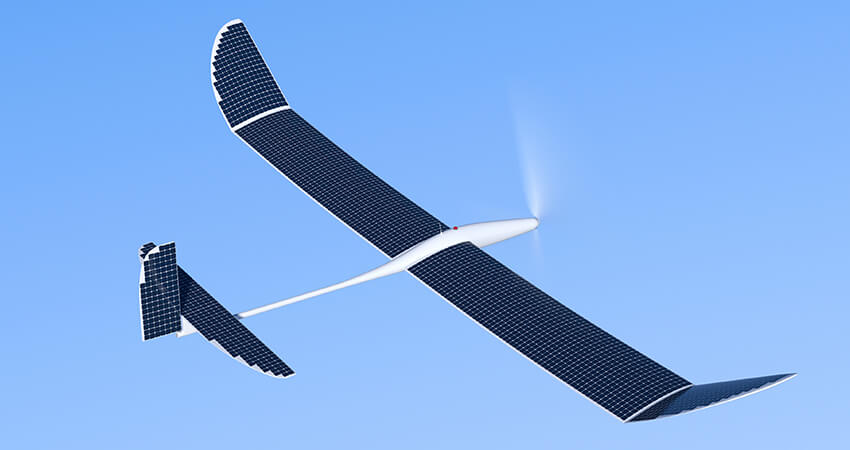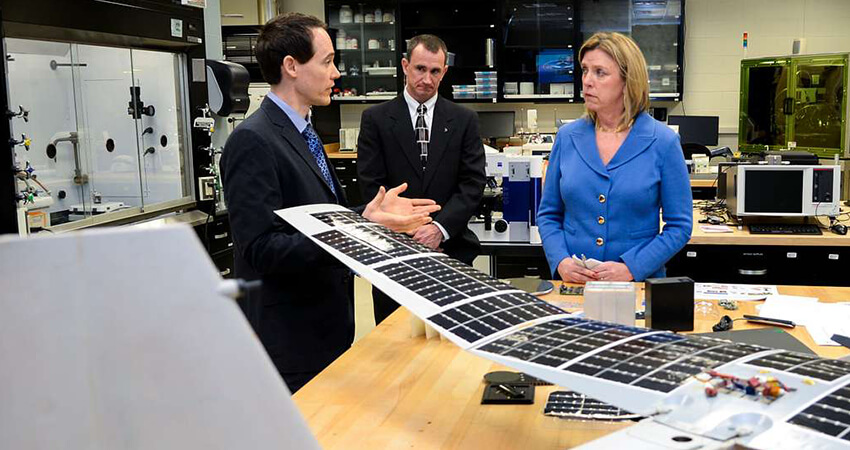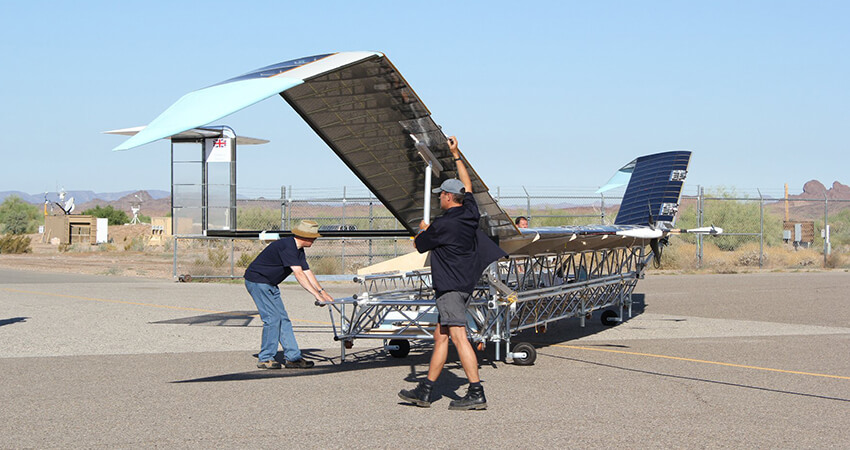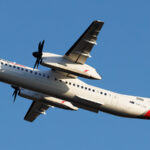The development and evolution of Unmanned Aerial Vehicles (UAVs) have led to ambitious projects and diverse applications in various fields. Among them, solar UAV projects like the Airbus Zephyr stand out.
Drones have become a significant innovation in aviation in recent years. Their relatively low cost has made them a popular choice for applications such as photography and video recording. Additionally, they play a crucial role in the military, as demonstrated in the Ukraine War, involving both the Russian and Ukrainian sides.
Due to their size and characteristics, many UAVs use electricity, with some prototypes employing hydrogen. The majority, however, rely on lithium batteries, suitable for the relatively short flights these aircraft undertake.
Solar-Powered Aircraft?
The Airbus Zephyr represents a significant departure from conventional UAVs; it is one of the world’s most advanced solar UAV projects. Despite the challenges of creating purely electric aircraft, these planes could offer unique capabilities.
In general, solar UAVs could provide unprecedented endurance. The Airbus Zephyr spent over 64 days in the air and was only 22 hours away from breaking the world record for flight endurance when it crashed in Arizona. Similarly, the Californian startup Kraus Hamdani Aerospace recently set a record with a much smaller solar UAV, flying for approximately 75 hours.
The Airbus Zephyr is a significant advancement in solar UAV technology. Its weight of 75 kilograms [165 pounds] enables electric power, and its standout feature is its operation in the stratosphere, at around 70,000 feet. Its design and successful flights open up innovative opportunities in various fields.
Opportunities for Cargo

The idea of using solar UAVs for cargo transport reveals revolutionary potential. These aircraft could transform logistics, especially in remote or hard-to-reach areas. By using solar energy as the primary source, they offer rapid and cost-effective deliveries, overcoming geographical barriers and reducing the carbon footprint associated with traditional transportation.
Some experts suggest that the versatility of these solar UAVs for small cargo transport could present a significant opportunity for providing humanitarian aid in disaster-stricken areas. Their extended airborne capabilities would allow for swift and efficient responses, delivering essential supplies to affected areas in record time, making a substantial difference in emergency situations.
In the commercial realm, transporting goods to remote areas without generating a carbon footprint could also present a massive opportunity. This approach is already being applied by Amazon with its drone deliveries, available in some areas of the United States and recently expanded to Italy and the UK.
Naturally, this would involve transporting small and strategic cargos, far from the capacities of iconic cargo planes, both civilian and military.
Military and Economic Opportunities
In the military sphere, the potential of solar UAVs like the Airbus Zephyr is not overlooked. The ability to stay in the stratosphere for weeks or months provides an ideal platform for continuous surveillance, monitoring conflict areas, and facilitating communications in challenging environments. These aircraft could provide critical real-time data, strengthening strategic decision-making and improving security in military operations.
However, these applications could also be crucial in the civilian domain. Beyond cargo, they could provide key data for organizing trade, monitoring crops, or observing events such as floods or fires. Operating at higher altitudes than conventional UAVs, they could offer unique perspectives.
Implicated Technology

The development of the Airbus Zephyr and other solar UAVs involves significant advances in aerospace technology. From the efficiency of solar panels to advanced energy management and the use of lightweight yet durable materials, every component and system has had to be meticulously designed. Everything in these UAVs must ensure optimal performance and exceptional durability in extreme conditions.
The refinement of electric propulsion technology and the optimization of energy storage and management systems have been crucial in the development of these UAVs, ensuring outstanding energy efficiency to maximize their flight time.
A Dream or an Opportunity?
Despite the promises these aircraft offer, significant challenges persist. Safety, airspace regulation, and operational management are critical aspects that must be addressed to fully realize their potential. Moreover, much work remains for these prototypes to become cost-effective for civilian use, as their performance should far outweigh their still high costs.
Nevertheless, the vision of a world where these UAVs play vital roles in logistics, military and civilian operations is becoming increasingly tangible. As technology advances and adapts to these needs, the potential of these aircraft to transform various industries may become a reality in a short time.










